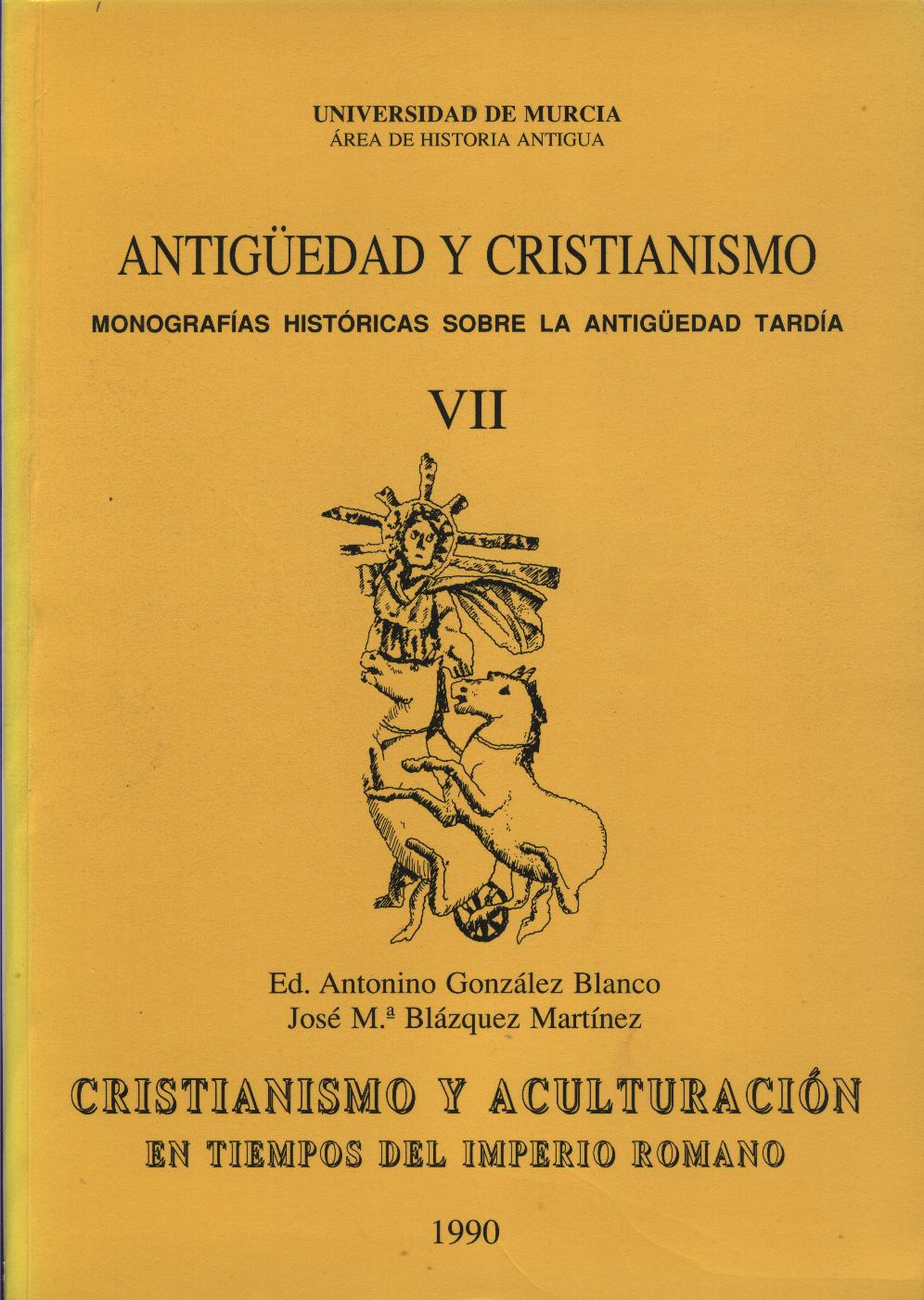Los gimnosofistas indios como modelos del sabio asceta para cínicos y cristianos
Abstract
The Greeks met for the first time the Indian ascetics, whom they called «gimnosophists », during the expedition of Alexander. The cynic Onesicrito was the first to manipulate the image of the gimnosophists when he put in the mouth of these ascetics the idealisms of the cynics. The supposed meeting of Alexander with the gimnosophists evolves from a simple anecdote into a long dialogue (cf. Pap. genev. 271), in which —encratic— doctrines of a gnostic sect which preached asccetism, come to light. This dialogue became very popular when it was included in The Life of Alexander of Macedón by Pseudo-Callisthenes. Later the bishop Paladio used the figure of the gimnosophists to give prestige to the anacoretes that lived in the Egyptian desert; but it also was used in the COLLATIO to make fun of the extremisms of the Christian monks.
Downloads
-
Abstract484
-
PDF (Español (España))535
1. The authors non-exclusively assign the exploitation rights (reproduction, distribution, communication and transformation) to the magazine.
2. The works published in this magazine are subject to the Attribution-ShareAlike 4.0 International license (CC By SA 4.0). Therefore, they can be copied, used, disseminated, transmitted and publicly displayed, provided that:
i) the authorship and the original source of its publication (journal, editorial and URL of the work) are cited, thus allowing its recognition.
ii) it is allowed to remix, transform or create from the material while maintaining the same license as the original.
Note: Articles prior to 2022 incorrectly display the CC by SA license in the abstract page. They are under a CC by NC ND license as embedded in the article pdfs. Articles published in 2022 and after are under the CC by SA license.

3. Self-archiving conditions. Authors are allowed and encouraged to electronically disseminate the pre-print (version before being evaluated) and/or post-print (version evaluated and accepted for publication) versions of their works before publication, as it favors their publication. Earlier circulation and diffusion and with it a possible increase in its citation and reach among the academic community. Color RoMEO: verde.
























